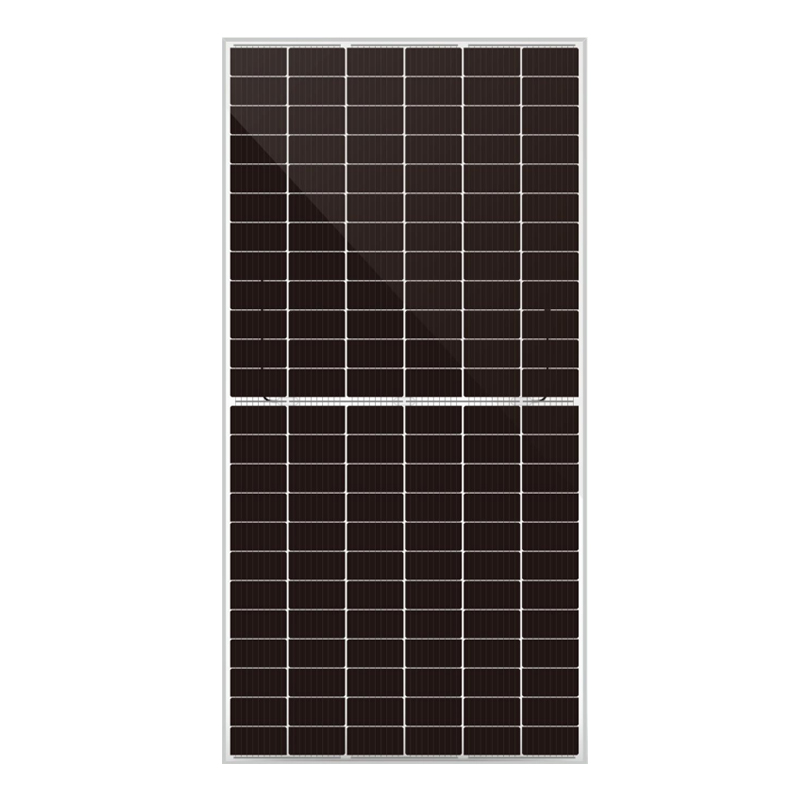
One company at the forefront of this trend is a professional manufacturer and exporter for solar power systems, Energy Storage System, Solar Panel, Lithium Battery, Gelled Battery, and Inverter. This company, which began by specializing in street lighting poles, has since expanded its product line to include solar street lights and other solar power solutions. Their commitment to providing high-quality, reliable, and affordable solar products has made them a leader in the industry.
The declining cost of solar power is driven by a variety of factors, including advancements in solar panel technology, economies of scale in manufacturing, and government incentives and subsidies for renewable energy. As a result, the cost per kilowatt of solar power has plummeted in recent years, making it a competitive option for consumers and businesses alike. In fact, the cost of solar power has dropped by over 70% in the past decade, making it more accessible than ever before.
In addition to the declining cost of solar power, improvements in solar technology have also played a crucial role in driving the adoption of solar energy. New, more efficient solar panels, as well as advancements in energy storage and inverter technology, have made solar power systems more reliable and cost-effective. These advancements have also helped to overcome some of the traditional barriers to solar power adoption, such as intermittency and variability in solar energy production.
As a result of these advancements, many countries around the world are now turning to solar power as a key component of their energy strategies. In particular, developing countries with limited access to traditional electricity sources are increasingly looking to solar power as a way to provide affordable and reliable energy to their citizens. This is particularly true in rural and remote areas, where traditional electricity infrastructure is often prohibitively expensive to install.
The declining cost of solar power has also made it an increasingly attractive option for businesses looking to reduce their energy costs and minimize their environmental impact. Many companies are now investing in solar power systems as a way to lower their electricity bills and demonstrate their commitment to sustainability. In addition, the declining cost of solar power has also led to a surge in residential solar installations, as homeowners look to take advantage of the cost savings and environmental benefits of solar energy.
As the cost of solar power continues to decline, it is clear that solar energy will play an increasingly important role in the global energy landscape. The combination of falling costs, technological advancements, and growing demand for renewable energy has positioned solar power as a key solution to our energy needs. With companies like [BR Solar] leading the way in providing high-quality, affordable solar products, it is likely that the adoption of solar power will only continue to accelerate in the coming years.
